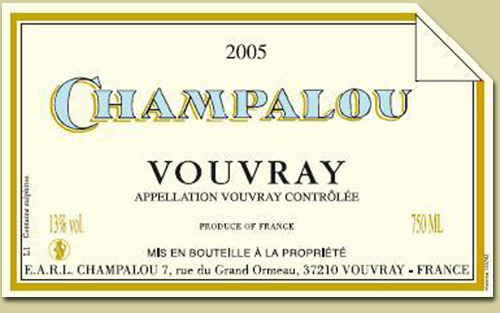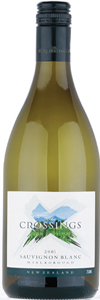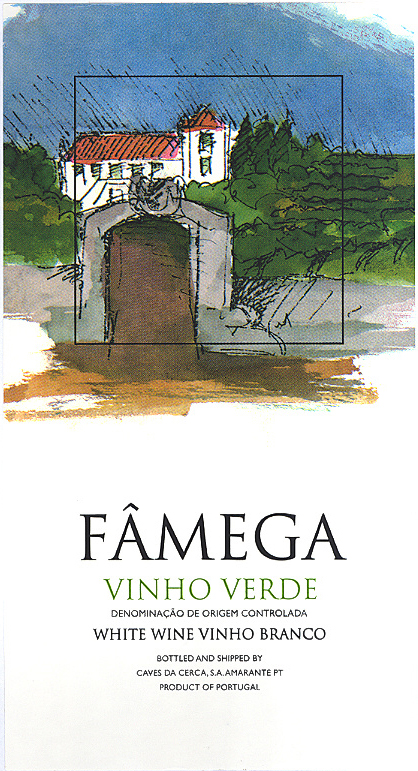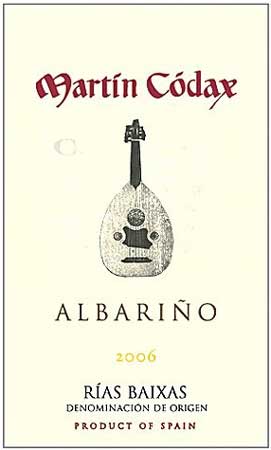Wine marketing frequently throws normal advertising rules out the window, when it comes to Americans. We love all things new, right? Bright, shiny and new: new iPhone, new house, new car, new Hollywood star, new bestseller… in a world in which technology seems to be accelerating life, we work harder and harder to keep current.
So why does the term “Old Vines” have such cachet with us? It sells the crap out of wine, let me tell you. It’s one of those terms that, when a wine-nervous consumer sees it, makes her feel that she’s in good hands. Don’t worry, say the Old Vines, we’ve been around the block a few times and we’ll treat you right.
And Old is supposedly a good thing when it comes to wine, right? Wine ages, and gets better with age (sometimes). “Old Vines,” though, refers to the age of the vines producing the grapes producing the juice producing the wines, though — not the wine itself. Apart from the comforting sense that at least something is old about the bottle you’re buying, what is it about old vines that makes a winery think they should put it on the label?
In Europe, where they invented the term (Fr: vieilles vignes), wine producers slap the Old Vines on a bottle to brag about how long wine’s been made on their land. It makes sense, if you are a devotee of terrior , the concept that what makes a wine good is the land its grapes come from. Older vines have deeper, more complex root structures that, according to some terrior believers, bring unique, irreplaceable elements to the wine grapes.
Especially in Europe, vieille vignes also implies that the people making the wine have been doing so for generations, and therefore really know what they’re doing.
Ironically enough, though the Old Vine mystique was born in Europe, it is now many non-European vineyards that can boast some of the oldest vines in the world, Chile, Australia and California in particular.
Australia’s Barossa Valley: Hewitson’s Mourvedre planted in 1853
Maipo Valley in Chile: Merlot planted in 1863 at Cousino Macul
California’s Amador County: Zinfandel planted in 1886 by Joseph Davis
We can blame this on the phylloxera blight of the late 1800s, which all but annihilated the wine industry in Europe until it was discovered that native US rootstock was immune to the disease. European varietals were grafted onto new rootstock, which saved the day, but it means that many of the greatest, most expensive wines in Europe come from vines that were planted less than 100 years ago.
There is one other reason to prize the old vine, and that is yield. As vines age, they naturally produce fewer grapes, but those grapes are said to be more intense and packed with flavor and complexity. It’s as if all the energy of the grapevine is concentrated into fewer grapes, but better grapes.
The problem with the term “old vines” is that it’s completely unregulated, even in France, where they love them some wine regulations. So while any of the reasons to choose a wine made from really old vines are good, it’s hard to tell who to trust. Is Winery X’s definition of old 20 years? 30 years? Or are we talking 100 or 130 years old here?
Sussing this out is mostly a matter of knowing your regions and varietals, unfortunately. I’m not shocked to hear of 100-year-old Zinfandel vines in California, but I’d be surprised to hear of 100-year-old Sauvignon Blanc vines there. I’ll believe almost any vine is super-old in Australia, because way back in the mid-1800s James Busby, a very serious Australian wine evangelist, collected all the varietals he could from Europe, and spread the gospel of grapes. I know that in Spain’s craggy hills and valleys lie vineyards that time and the modern world had forgotten until very recently, and so a $10 bottle made from 80 year-old-vines is feasible.
In the end, though, the term Old Vines on a bottle means less to me than the region, the winery, the price, and the grape. It’s always nice to drink the juice of historical grapes, but only if the wine is well-made, and is appropriate to the food and/or the setting.




